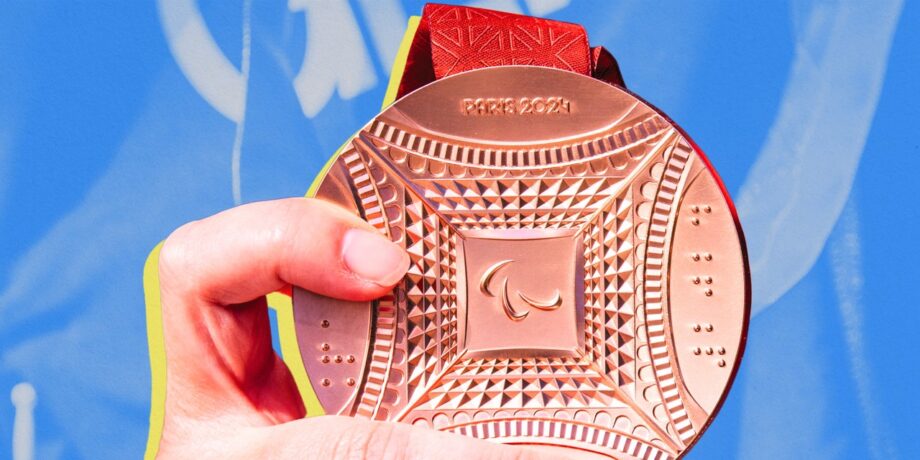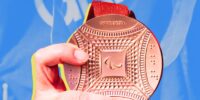Besides seeking therapy, Henderson also joined a USOPC program called Pivot. Retired or retiring athletes from both Olympic and Paralympic sports first attended a four-day retreat where they explored deep questions about identity and purpose and forged meaningful bonds. Afterward, they had monthly Zoom calls for six months, then created a WhatsApp text group, which they still use to check in with each other. “When you leave sport, you’re afraid that you’re going to be isolated and alone,” Henderson says. “But I think we all heal together.”
The USOPC also offers one-on-one career coaching, financial coaching, and mental health resources. Previously, some services were available only to competing athletes, and resources for Olympians and Paralympians were separated, Dr. Shapiro says. But now any member of Team USA can access psychological services for up to two years and other career-related benefits for up to 10 years post-retirement.
Certain corporations are also tailoring outreach to retiring Paralympians. During the Games, Nike announced it had partnered with the USOPC to launch GameOn, a yearlong career program at the company’s headquarters in Beaverton, Oregon. While it’s open to everyone, its focus is on disability inclusion, and Paralympians are encouraged to apply. In addition to traditional employment benefits, participants will receive education, mentorship, and professional development. “There needs to be a bridge between being on a field of play in sport and a corporate setting,” Vanessa Garcia-Brito, Nike’s chief impact officer, tells SELF. Applications opened on September 12, and the first cohort will start work on February 4, 2025.
Athletes and experts say targeted opportunities like these can be beneficial, provided Paralympians know about them. “Athletes need to be made aware of them earlier in their careers,” says Forber-Pratt. That way, they can have the time to think it through and steer their lives in the direction they want, rather than feeling like they have to take the first job available to them.
Building out a full, well-rounded life while still competing—i.e., treating sports as just one facet of their identity—can also both prepare athletes for the next phase and make them happier and healthier in the meantime, Dr. Leibovitz says. This can look like making and spending time with friends outside of sport, staying connected to family, going to school, or finding ways to engage with their communities.
When Dr. Leibovitz starts working with an athlete on their mental performance, she asks where they see themselves in 10 years and what possibilities they’ve considered after they achieve their goals in sport. The time may not be right to pursue another career or a family while competing, but it’s still worthwhile for athletes to know they might want these things someday. “If anything, it makes you invest even more in what you’re doing right now,” she says.
If Forber-Pratt could go back in time, she’d probably plan ahead more, she admits. But given the chance to talk to her younger self during the most trying moments, she’d offer words of reassurance: “It may not look the way you envision, but it is actually going to be okay.”
The biggest piece of advice Henderson gives other retiring Paralympians is to know that the journey may be a roller coaster, but ultimately the bumpiest parts will likely smooth out. “There’s no wrong way to feel,” Henderson says. “Feel the things that you’re feeling, and don’t stay in a place of self-judgment. It’s going to look and feel different for everybody, and it’s also a temporary part of your life until you resettle in a new foundation. There’s no wrong way to do it.”
Related:
Get more of SELF’s great sports coverage delivered right to your inbox—for free.







